Nature has evolved countless fascinating adaptations, but few are as cunningly deceptive as the strategy employed by certain snake species that use their tails as lures to attract unsuspecting prey. Among these master tricksters, the spider-tailed horned viper and several other caudal-luring specialists have developed remarkable abilities to mimic insects or larvae with specialized tail structures and movements. This evolutionary sleight-of-hand represents one of nature’s most sophisticated examples of aggressive mimicry, a predatory strategy that turns the tables on conventional predator-prey dynamics by transforming the hunter into what appears to be the hunted.
The Art of Caudal Luring

Caudal luring is a specialized hunting technique where a snake uses its tail as a decoy to attract potential prey within striking distance. This behavior involves positioning the tail in front of the snake’s hidden body and moving it in ways that mimic the movements of prey animals that their intended targets would normally hunt. The snake essentially creates a puppet show with its tail, manipulating the appendage to resemble worms, insects, or larvae that would appeal to lizards, frogs, or birds. This remarkable adaptation demonstrates the extraordinary evolutionary pressures that have shaped predator strategies, resulting in this sophisticated form of biological mimicry that goes beyond simple camouflage to active deception.
The Spider-Tailed Horned Viper: Nature’s Master Deceiver
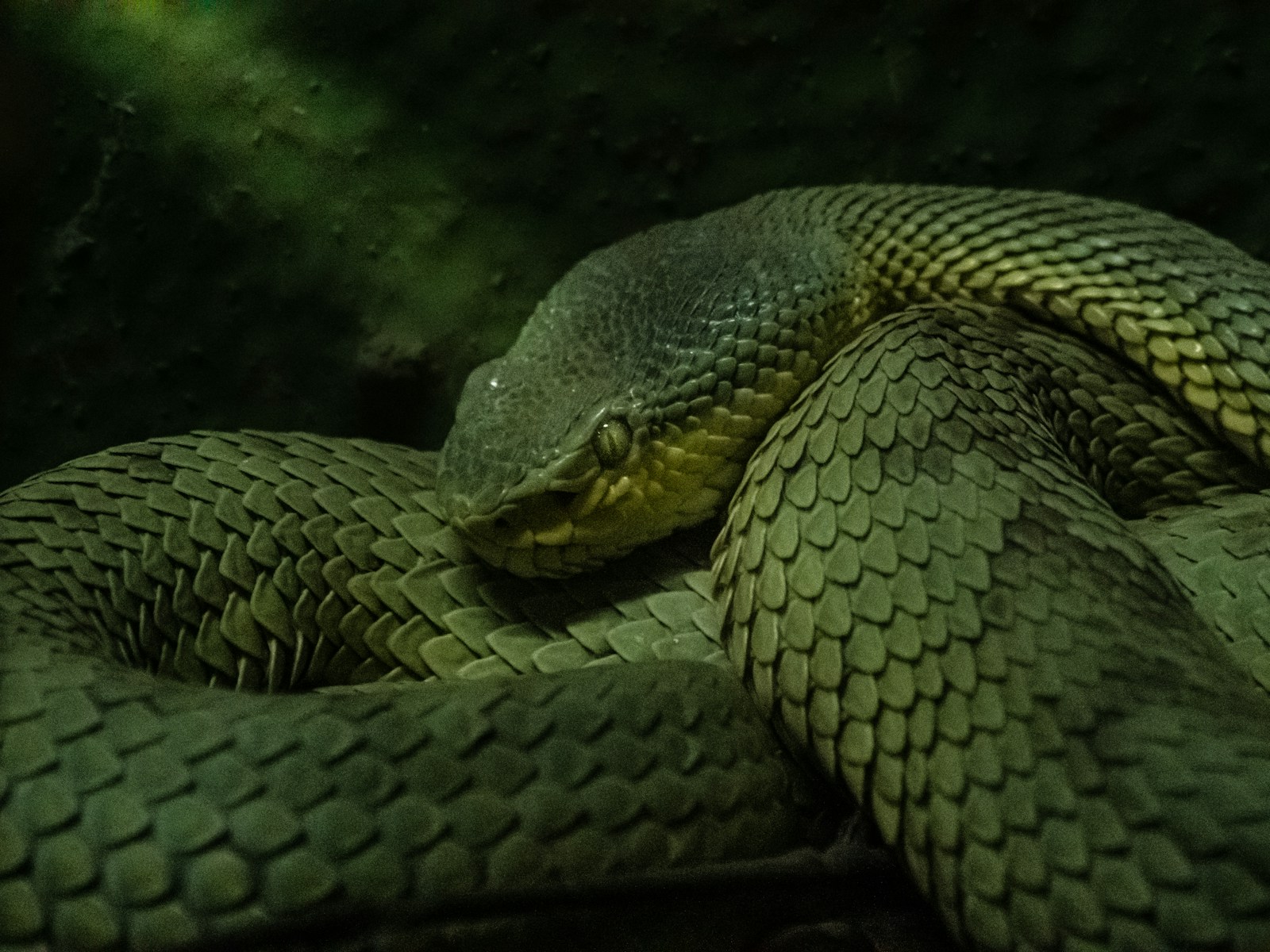
The spider-tailed horned viper (Pseudocerastes urarachnoides) represents perhaps the most spectacular example of caudal luring in the snake world. Discovered relatively recently in 2006 in the mountains of western Iran, this remarkable viper possesses a tail modified to a degree unlike any other known snake species. The end of its tail features an elaborate structure resembling a spider, complete with a bulbous body and leg-like appendages formed from modified scales. When the snake moves this specialized tail structure, the resulting motion is nearly indistinguishable from that of a crawling spider, creating an irresistible target for insectivorous birds. The extraordinary resemblance is so convincing that it can lure birds close enough for the viper to strike with deadly precision, representing the pinnacle of evolutionary mimicry among snakes.
The Evolutionary Development of Tail Mimicry
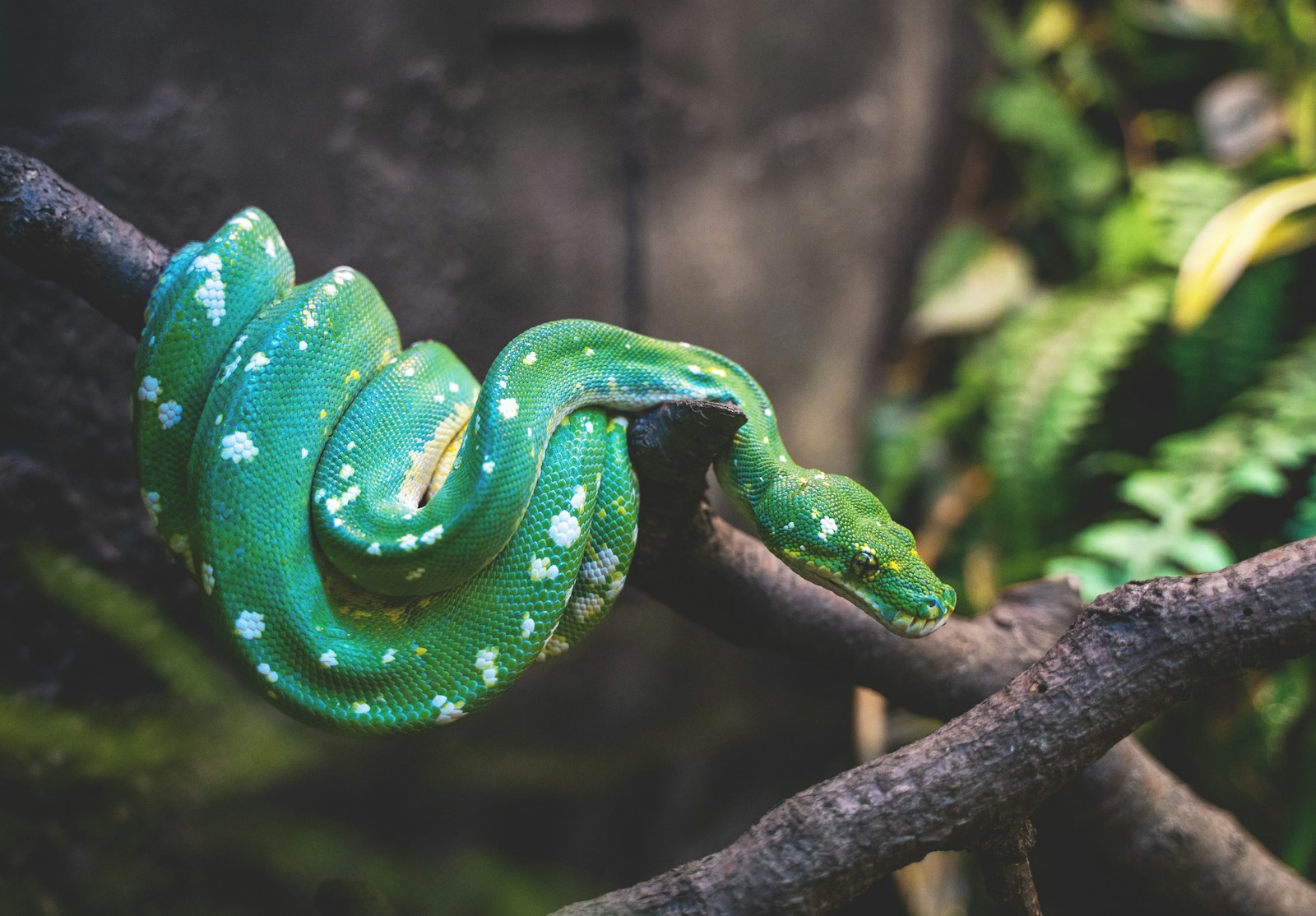
The development of caudal luring represents a fascinating example of convergent evolution, as this strategy has independently evolved in multiple snake lineages. Scientists believe the adaptation likely began with simple tail movements that coincidentally attracted prey, which then underwent natural selection to enhance the effectiveness of the lure. Over millions of years, more elaborate tail structures evolved in certain species, with modified scales forming shapes that more closely resembled prey items. This gradual progression culminated in the remarkable specialization seen in the spider-tailed viper, where the tail has evolved into a complex structure that bears little resemblance to a typical snake tail. The evolutionary pathway demonstrates how a basic behavioral trait can, under the right selective pressures, develop into a sophisticated physiological and behavioral adaptation.
Death Adders: Masters of Ambush and Deception
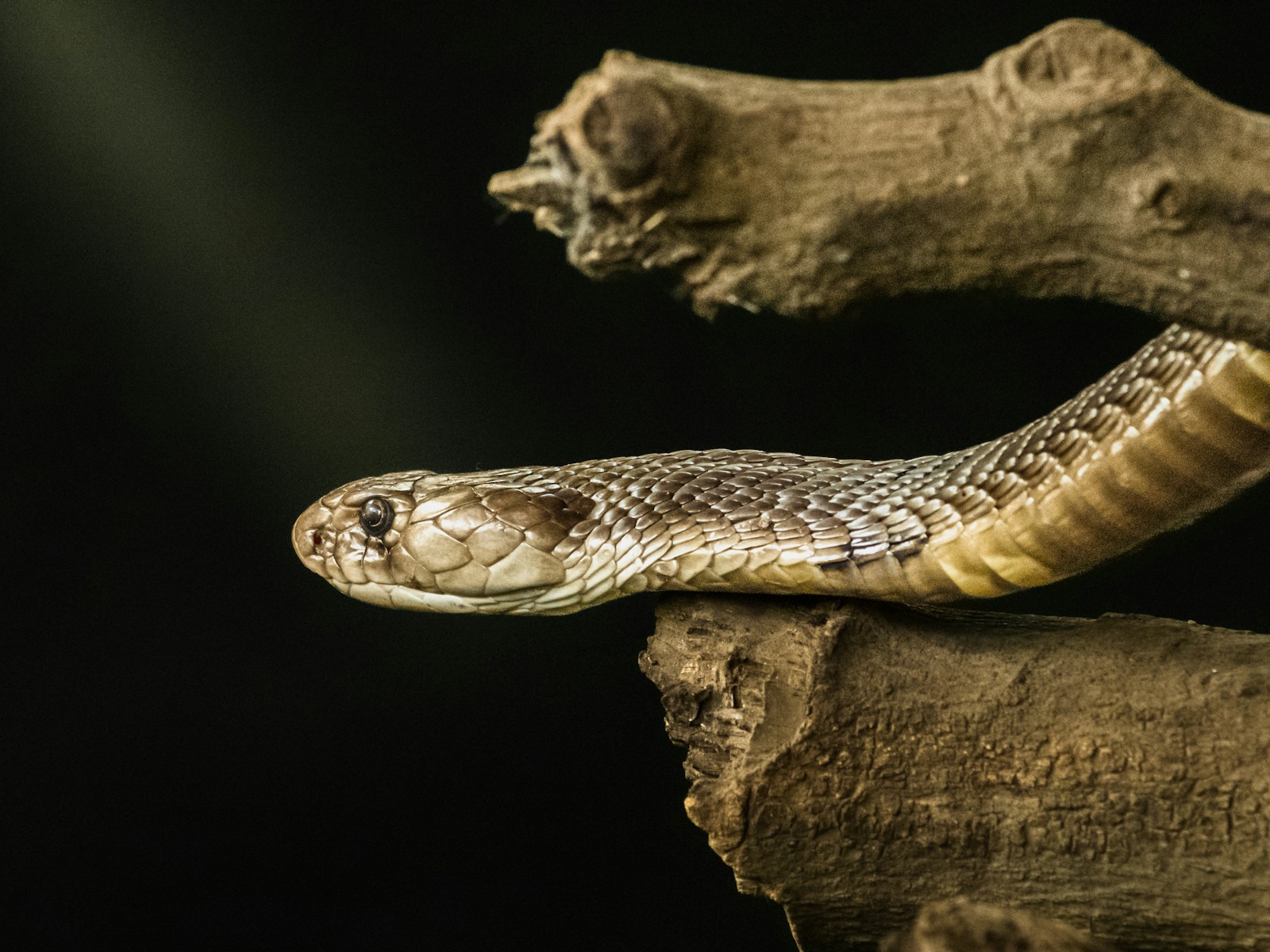
The death adders of the genus Acanthophis, found in Australia and New Guinea, are among the most well-documented practitioners of caudal luring. Unlike most vipers and elapids, death adders have adopted a sit-and-wait ambush strategy more typical of vipers, complete with stout bodies, triangular heads, and the ability to partially bury themselves in leaf litter. Their specialized tail tips, often colored differently from the rest of their body, are wriggled in a manner resembling a grub or worm. This movement is particularly effective at attracting small lizards, which make up a significant portion of their diet. Research has shown that death adders will adjust their luring behavior based on the type of prey they’re targeting, demonstrating not just the physical adaptation but also the behavioral sophistication of this hunting strategy.
Copperheads and Their Yellow Tail Tips

North American copperheads (Agkistrodon contortrix) offer a fascinating case of ontogenetic changes in caudal luring. Juvenile copperheads possess bright yellow or greenish tail tips that they wiggle to attract frogs, lizards, and insects. This vibrant coloration provides a stark contrast against forest floor debris, making the mimicking movement more visible to potential prey. As the snakes mature, this tail coloration typically fades, corresponding with a shift in diet toward larger prey that would be less susceptible to such luring tactics. This developmental change highlights how caudal luring is not just a species-specific adaptation but also a stage-specific one, optimized for the particular ecological niche occupied by younger snakes.
The Fer-de-Lance and Its Whitish Tail Tip
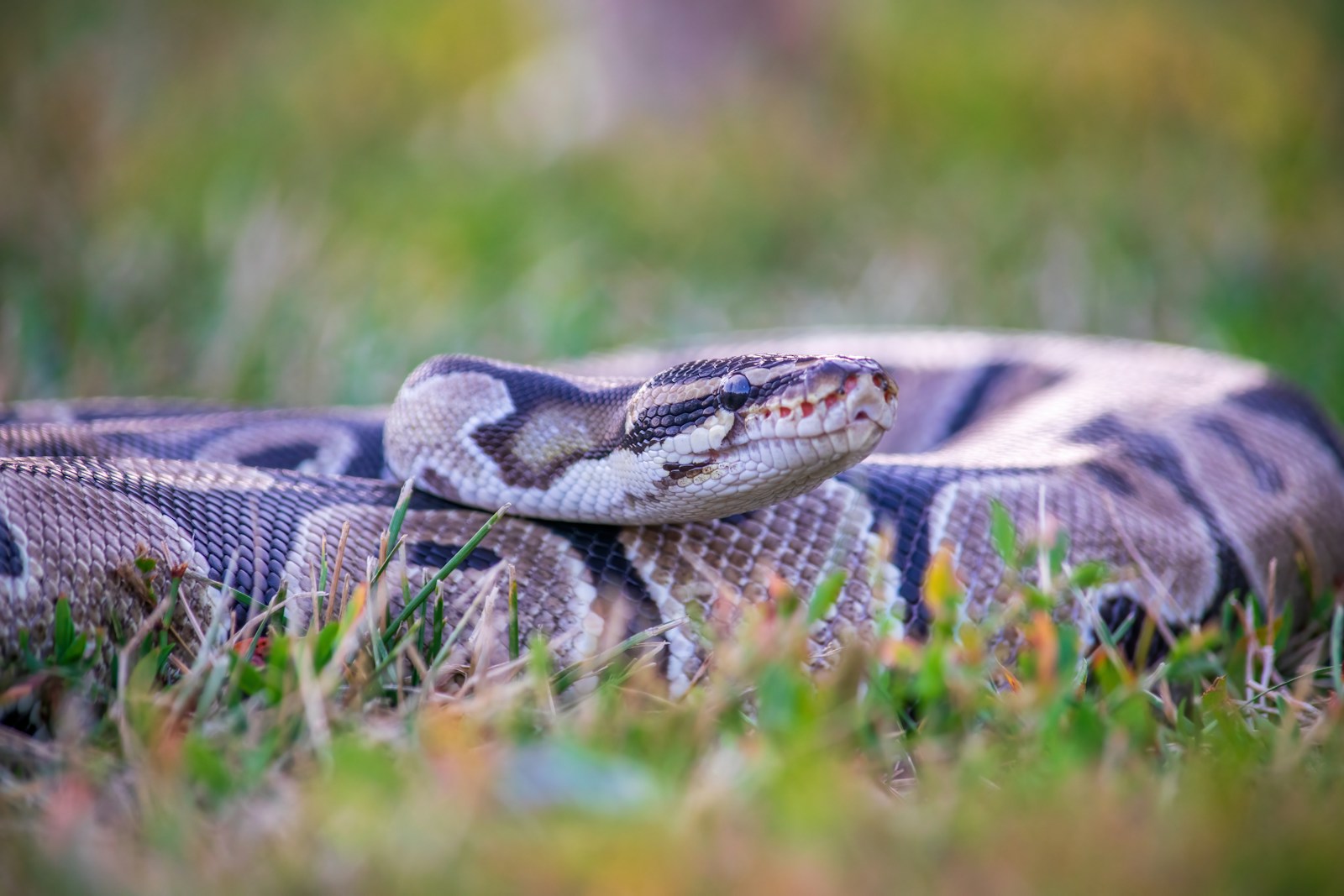
The fer-de-lance (Bothrops asper), one of Central and South America’s most dangerous vipers, employs caudal luring during its juvenile phase. Young fer-de-lances possess a distinctive whitish to yellowish tail tip that stands out against their otherwise cryptically colored bodies. When hunting, young snakes will lie concealed among leaf litter and gently undulate this brightly colored tail tip, creating movements remarkably similar to those of small invertebrates. This visual lure is particularly effective for attracting small frogs and lizards that would normally prey on such invertebrates. Like many other species that use this strategy, fer-de-lances typically reduce or abandon this behavior as they mature and shift to larger prey that require different hunting strategies.
The Behavioral Mechanics of Tail Flicking
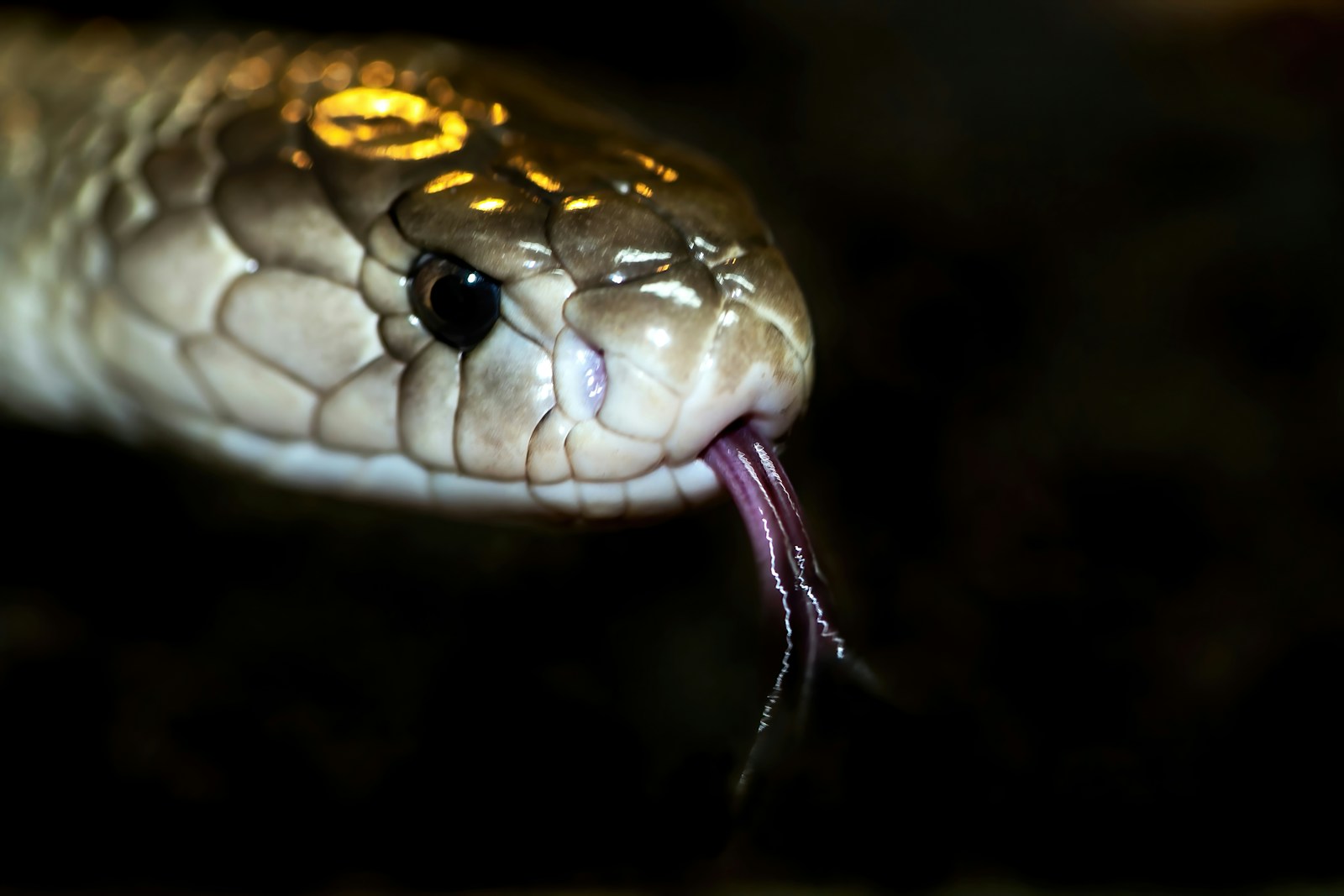
The precise motor control required for effective caudal luring demonstrates the remarkable neural sophistication of these predators. The tail movements are not random but highly controlled and patterned to mimic specific prey types. In many species, the snake can adjust the speed, amplitude, and pattern of tail movements based on environmental conditions and the type of prey they’re attempting to attract. Some species perform rhythmic side-to-side movements, while others create more complex patterns that may include circular motions or irregular twitches. The snake must perform this deception while keeping the rest of its body perfectly still, often partially concealed under substrate, requiring exceptional muscle control and patience as they wait for prey to approach within striking range.
The Target Audience: Who Falls for the Trick?
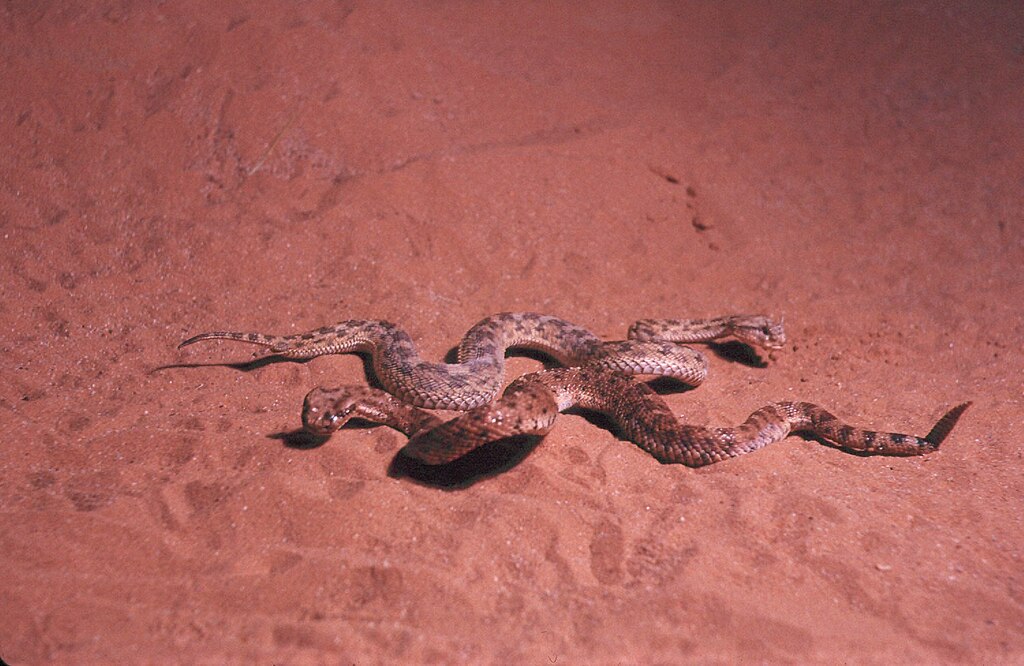
The effectiveness of caudal luring depends entirely on exploiting the hunting instincts of the snake’s intended prey. Birds, lizards, and frogs that normally feed on insects or worms are the primary targets of this deceptive strategy. These animals have evolved to respond quickly to the movement patterns characteristic of their prey, creating a vulnerability that caudal-luring snakes exploit. Research has shown that the prey’s response is often involuntary and difficult to suppress—even when the potential prey might detect something unusual about the situation, the instinctive response to what appears to be easy prey can override caution. This exploitation of instinctive behavior patterns makes caudal luring particularly effective, as it bypasses the cognitive defenses that might otherwise protect prey from predation.
Scientific Research and Discovery
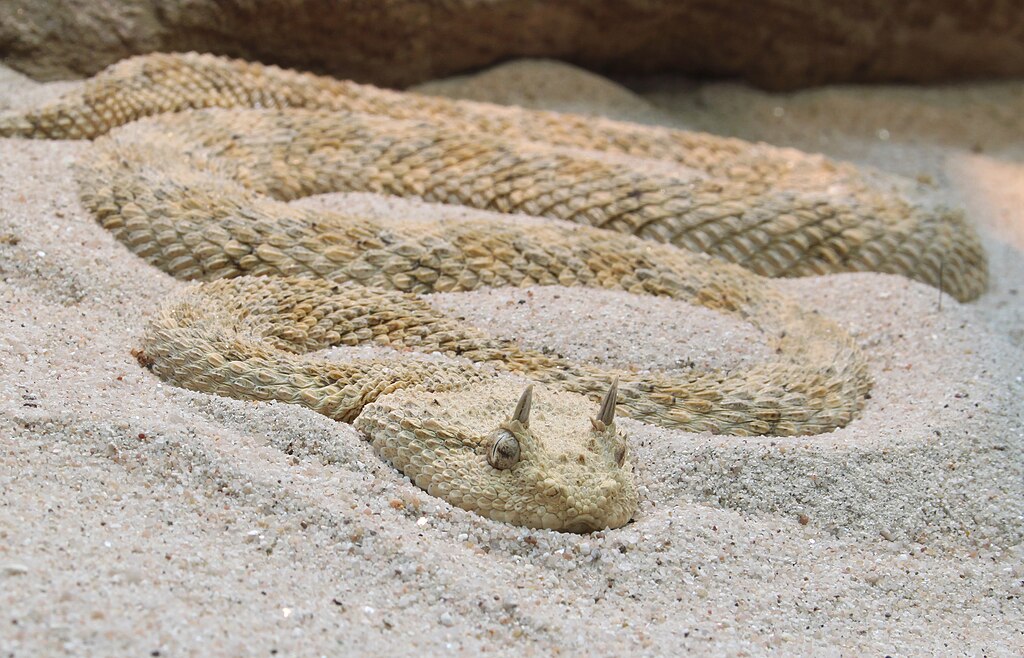
The study of caudal luring has provided scientists with valuable insights into predator-prey dynamics and the evolutionary forces that shape specialized adaptations. Field studies typically employ video recording and behavioral observation to document the frequency, pattern, and success rate of luring attempts. Laboratory studies have tested the effectiveness of different tail movements and appearances on various prey species, helping to clarify the specific visual cues that trigger predatory responses in potential prey. The relatively recent discovery of the spider-tailed viper highlights how much remains to be learned about this phenomenon, as researchers continue to discover new variations and refinements of this strategy in snake populations worldwide. Modern research techniques, including high-speed video analysis and 3D modeling, are revealing the biomechanical intricacies of these specialized tail structures and movements.
Beyond Snakes: Caudal Luring in Other Animals
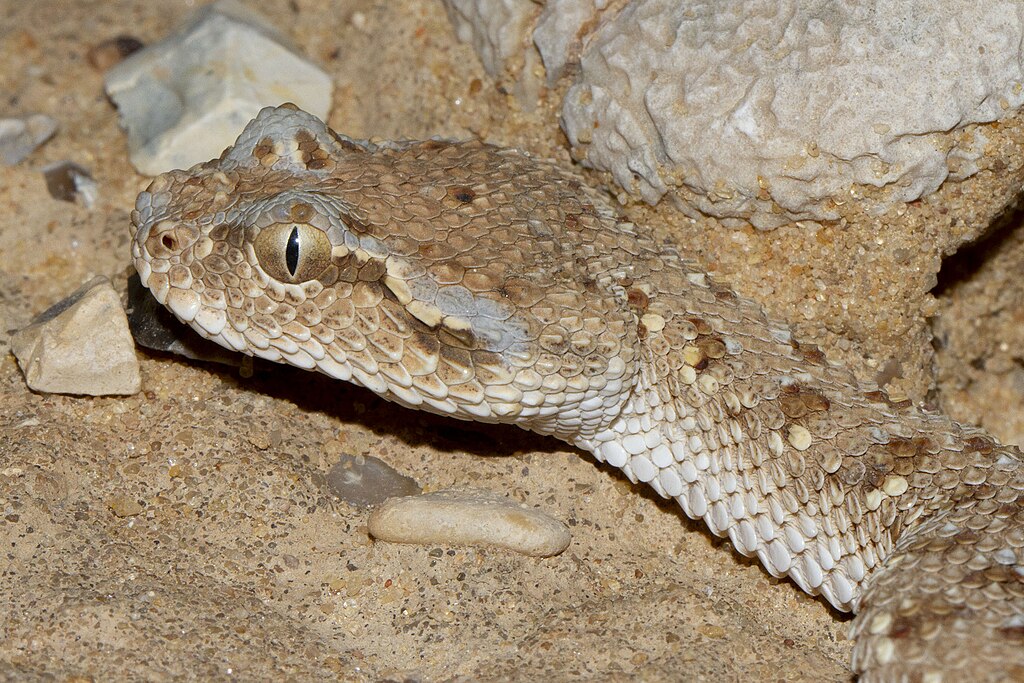
While snakes represent the most well-documented practitioners of caudal luring, this strategy has evolved independently in several other animal groups, demonstrating its effectiveness as a predatory adaptation. The alligator snapping turtle possesses a worm-like appendage on its tongue that it wriggles to attract fish directly into its gaping mouth. Certain anglerfish species have modified dorsal fin rays that function as fishing lures, complete with bioluminescent tips that attract prey in the darkness of the deep sea. Some crocodilians have been observed using floating debris to lure birds that collect nesting material. These parallel adaptations across distantly related animal groups illustrate how similar ecological pressures can produce convergent evolutionary solutions, with caudal luring representing a particularly sophisticated example of aggressive mimicry.
Conservation Implications

Many snake species that employ caudal luring face significant conservation challenges due to habitat loss, persecution, and climate change. The highly specialized nature of these adaptations often corresponds with relatively specific habitat requirements and prey dependencies, making these species particularly vulnerable to environmental changes. The spider-tailed horned viper, for instance, has a very limited known range in western Iran and faces threats from habitat degradation and intentional killing. Conservation efforts for these species require not just habitat protection but also education to reduce persecution based on fear and misunderstanding. Their remarkable adaptations provide compelling examples for conservation messaging, highlighting the irreplaceable biodiversity that could be lost without adequate protection measures.
Cultural Significance and Human Perceptions
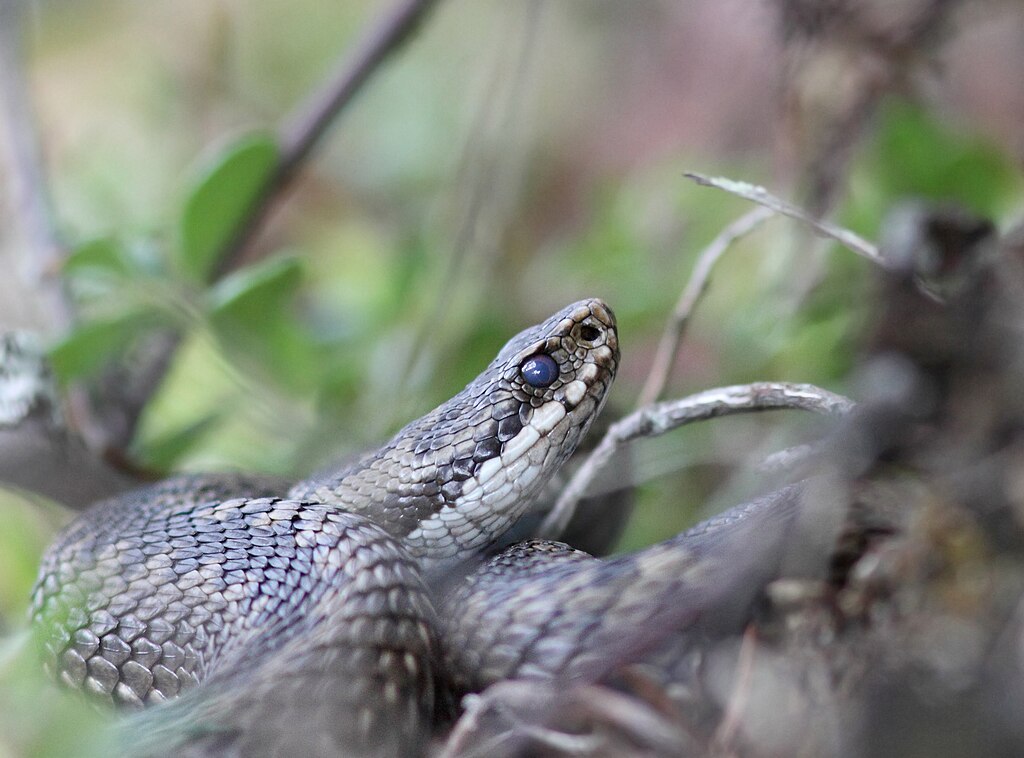
The deceptive hunting strategies of snakes have influenced human perceptions and mythology for millennia, often contributing to negative portrayals in cultural narratives. In many traditions, the snake’s cunning and ability to deceive are anthropomorphized into moral qualities, reinforcing fears and suspicions of these animals. However, as scientific understanding has advanced, these same adaptive traits have become sources of fascination and appreciation. Nature documentaries and wildlife photography have brought these remarkable behaviors to wider audiences, helping to transform perceptions from fear to wonder. Educational outreach that highlights these extraordinary adaptations can help reframe human relationships with snakes, emphasizing their ecological importance and the remarkable evolutionary processes they represent.
Conclusion
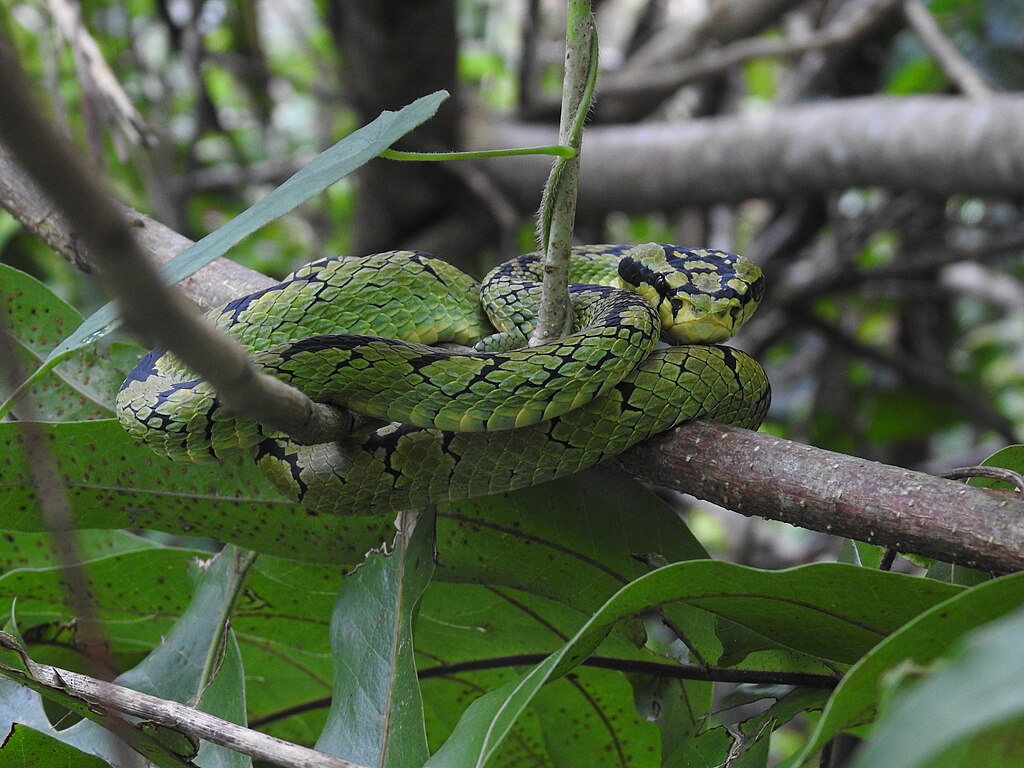
The caudal luring strategy employed by certain snake species represents one of nature’s most sophisticated examples of evolutionary adaptation and predatory deception. From the simple tail twitches of juvenile copperheads to the elaborate spider mimicry of the Persian horned viper, these adaptations demonstrate the intricate ways in which natural selection can refine hunting strategies over millions of years. As we continue to study these remarkable animals, we uncover not just the mechanics of their deception but deeper insights into evolutionary processes, predator-prey dynamics, and the complex interplay of behaviors that shape ecological communities. These snakes remind us that nature’s most astonishing innovations often emerge from the eternal evolutionary arms race between predator and prey, where deception can be as powerful a tool as strength or speed.





